First off: mistakes are absolutely essential if we’re to succeed.
Rather than thinking of our failures, we should think of our lessons. When we mess up, we grow from it and learn how to avoid the same pitfalls the next time around. And when we see someone else take a wrong turn, we can benefit from the wisdom of their error.
It’s exactly the same when it comes to experiences: even if it might not feel like it in the moment, attending a bad experience is great, because we’re bound to learn from it (and chances are, it also makes a pretty good story and memory).
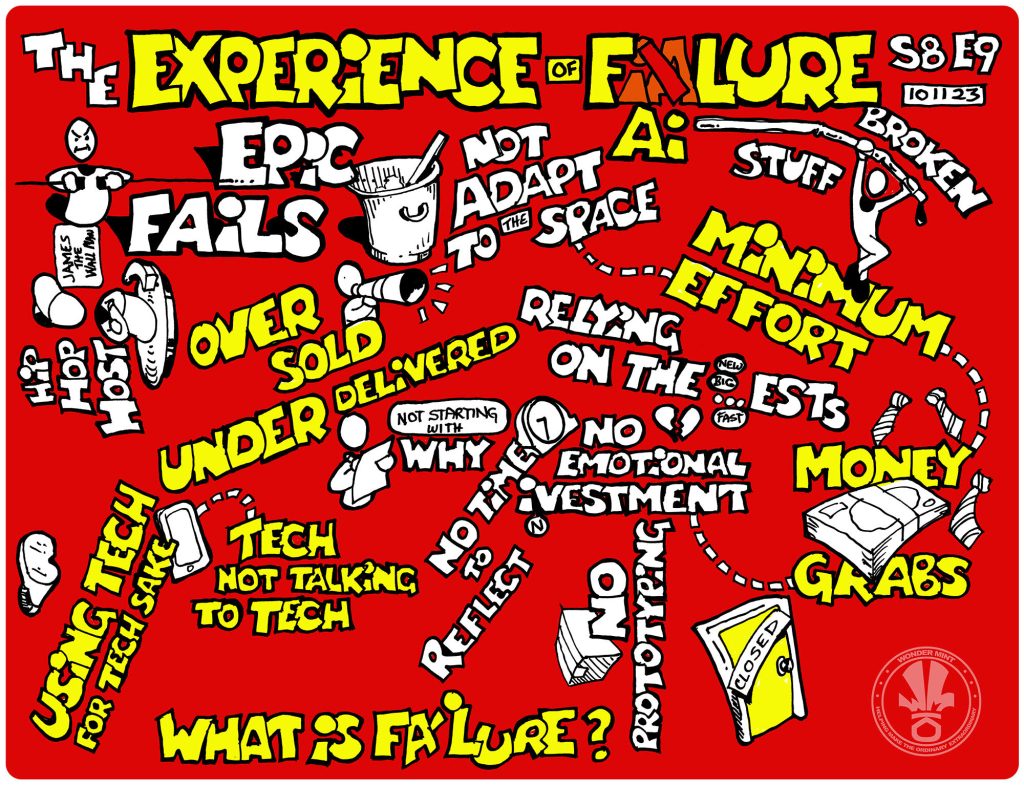
We’ve already held one popular Campfire inviting our global community of experience experts to throw a “bad” experience they’ve attended (or designed) into the flames. So we decided to ask once again for them to bring a tale of their most epic fail, so we can continue building a playbook of what to avoid for the future. This is a closed-door, behind-the-scenes look at the real business of experiences – so we’ve kept their responses anonymous to encourage sharing and vulnerability.
Here are 10 valuable lessons that emerged from what they said. And remember, there’s no shame in failure – here’s to failing little and often, and rising from the ashes stronger and more capable than ever before.
1. Adapt Your Project To Its Environment
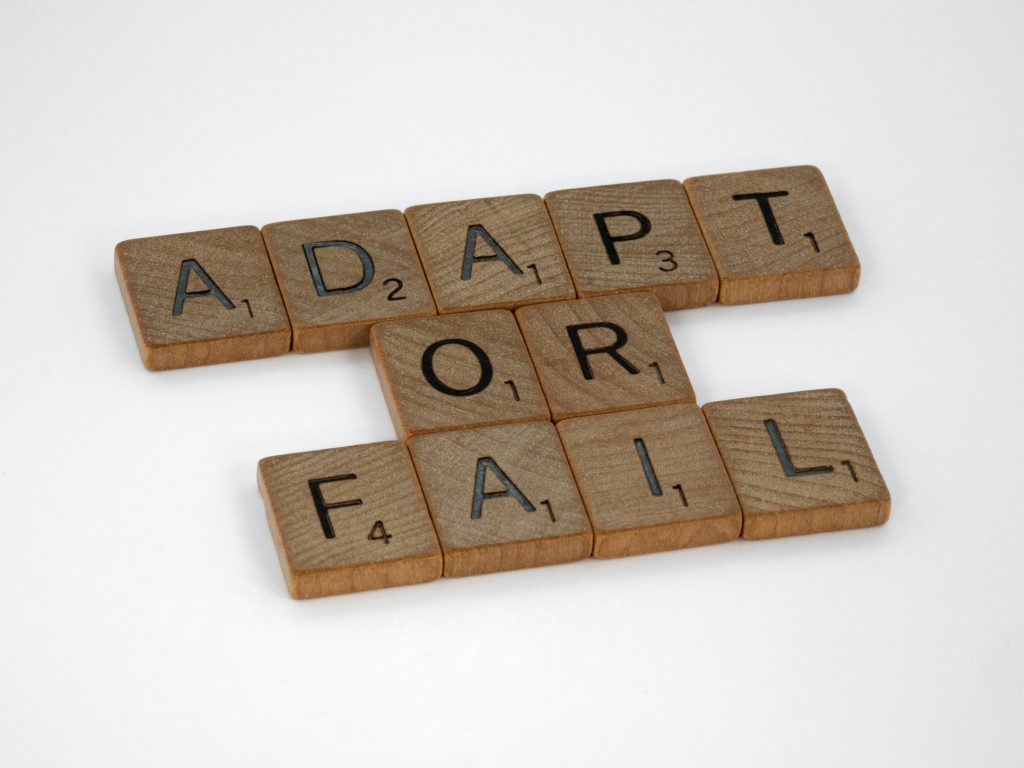
Immersive art experiences, particularly those relying on projections of the artist’s work, have had a rocky reception around the world. Some are extremely successful, drawing in new audiences and big numbers – and others suffer from wobbly projections, failing technology and a lack of care.
One experience designer who was involved with one of the first big immersive art experiences believes that its success in its first show was because they took time to find the right building and adapt the project to it, but the “roadshow” element that has since taken over as it’s scaled means that inevitably it’s not always as successful. David Hockney’s art experience at Lightroom in London, however, was created with the living artist and designed for the space, and has had a much more positive response.
2. Give People The Agency To Engage At Their Pace
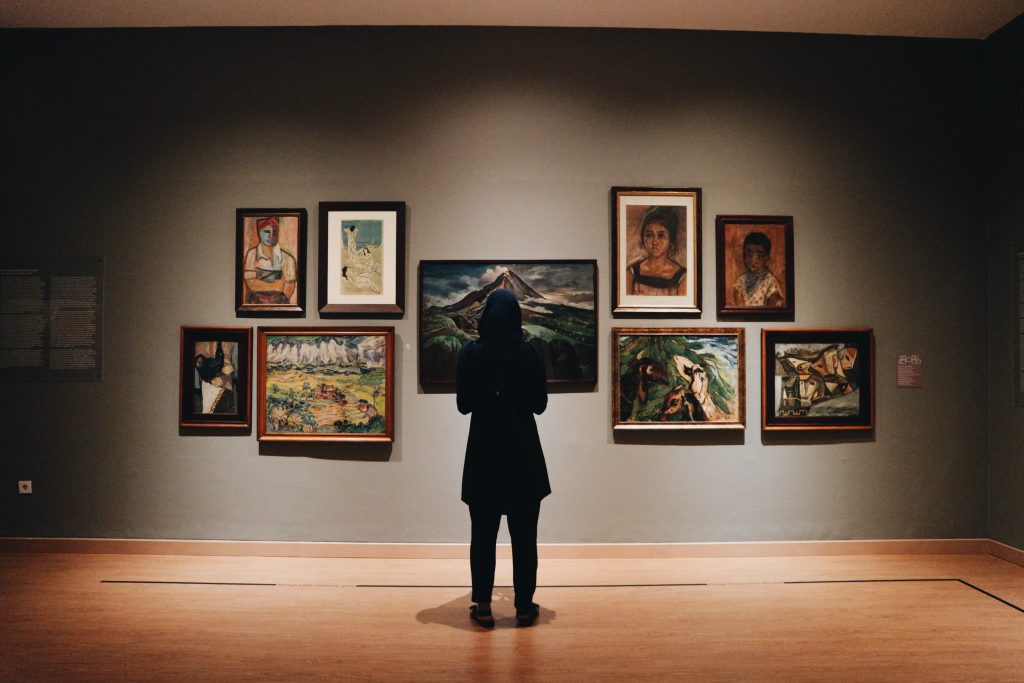
In a traditional gallery, some art hits you and you want to engage with it more deeply. And at other times, you’re unmoved. Regardless, the decision is up to you – and you have the option to contemplate and respond at your speed.
When attending another immersive art experience, an experience designer was irritated by how they were ushered through rooms and told how to interact with the experience, rather than being allowed to let it unfold in a way that was meaningful to them. If you’re being guided, you’re not having an experience.
3. Manage People’s Expectations Of Your Experience

Expectation is a powerful thing (see The Startling Ways That Expectation Shapes Experience, with science writer David Robson), and your experience needs to live up to your marketing and not fall short. One experience creator was disappointed when a projection art experience, having been drawn in by stunning marketing imagery but being greeted in reality with bad projection mapping, inferior production value and “weird” animation.
Another designer who works in family experiences emphasised the difference between creating a true family experience, and an experience with a “kids zone” that the adults use as a babysitting service. At the WXO we believe having a classification system for experiences might help with this problem, which is why it’s one of our ongoing working groups.
4. Put The Intent Before The Tech
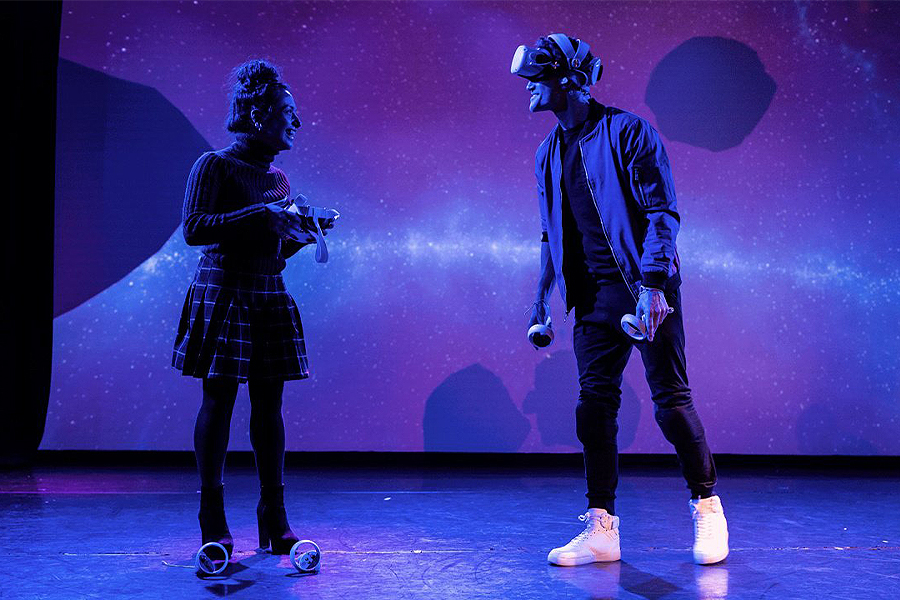
There’s a tendency to latch onto emerging technologies like AI, VR or AR as the thing that’ll make your experience better. However, tech should be used as a tool to help people engage and bring about a human experience – not the thing itself. One experience designer calls this the “-est problem”: everything has to be the newest, fastest or tallest, but has no substance.
This can be a problem with funding, which only goes to the newest thing, and agencies, who would rather create work that features the latest fad rather than putting their clients or the end consumer first – something an another experience designer calls the “shotgun wedding problem” of being forced into including a certain technology in your experience. While it’s key that we experiment with new technology to find out what works and to develop new kinds of storytelling, this should be as part of the equation along with intention and people – see Ferryman Collective’s intimate VR experiences, which combine VR and human actors to revolutionary effect.
5. Test, Test, Test!
Particularly if you’re working with new technology or an unknown venue, making room for the time and space to test your experience is crucial. One experience designer who did some work in a groundbreaking experiential venue had no test space beforehand, and feels that it should be the responsibility of venue investors or owners to create these venues with test sites in mind.
If you’re unable to get the testing or prototyping space you need, make sure that you have someone on site who knows the tech really well and can move fast to fix it if things go wrong! Finally, letting your audience know they’re the first testers of experimental content can also help navigate any bumps, as they’re prepared – and even excited – for things to not be perfect.
6. If Your Story Is Strong, Everything Else Can Be Forgiven
Humans love to tell and hear stories, and suspend our disbelief. Even if the finish of your experience isn’t perfect, if you bring people into the story of your experience, this will hold it together. If the story isn’t clear enough, it won’t overcome any issues with technology. The lack of a strong narrative also means that the emotional investment of the audience gets lost.
But at the 2010 Winter Olympics, when a torch failed to light in the Opening Ceremony, they wove it into a revised storyline at the Closing Ceremony. And for another experience designer working in AR, they circumnavigated a problem with failing technology by introducing an element of playfulness that helped overcome the imperfections.
7. Avoid IP Grabs That Diminish The Term “Immersive”
What happens when a big-name IP meets the latest buzzword, like “immersive”? A slew of unimaginative experiences that aren’t immersive, and are barely experiences. Educating consumers about what these words mean – and avoiding using them unless we can truly live up to them – is also important if we’re to avoid an experience-washing epidemic.
8. Have A Budget For The Long Term
It should go without saying that you should always have a contingency budget for the unexpected, however tempting it is to blow everything on the design and launch of your project. No matter how well you plan, something can (and probably will) go wrong – and an emergency budget can be the difference between a bad day and the premature end of your whole experience.
9. Play “Pink Kitchen Jiu-Jitsu”

One of our experience designers pointed out that when you’re working on a b2b project you only have one client, and with b2c you have many. If you’re working with a client, you might need to play “pink kitchen jiu-jitsu”: if they ask you for a pink kitchen, you give them the biggest, pinkest kitchen you can, but in a way where you question their intent and manage their expectations around it, like a jiu-jitsu master. When you’re dealing with a larger audience, word of mouth or feedback is your best way of knowing if you did a good job or not.
10. Make People Feel Comfortable To Get Uncomfortable
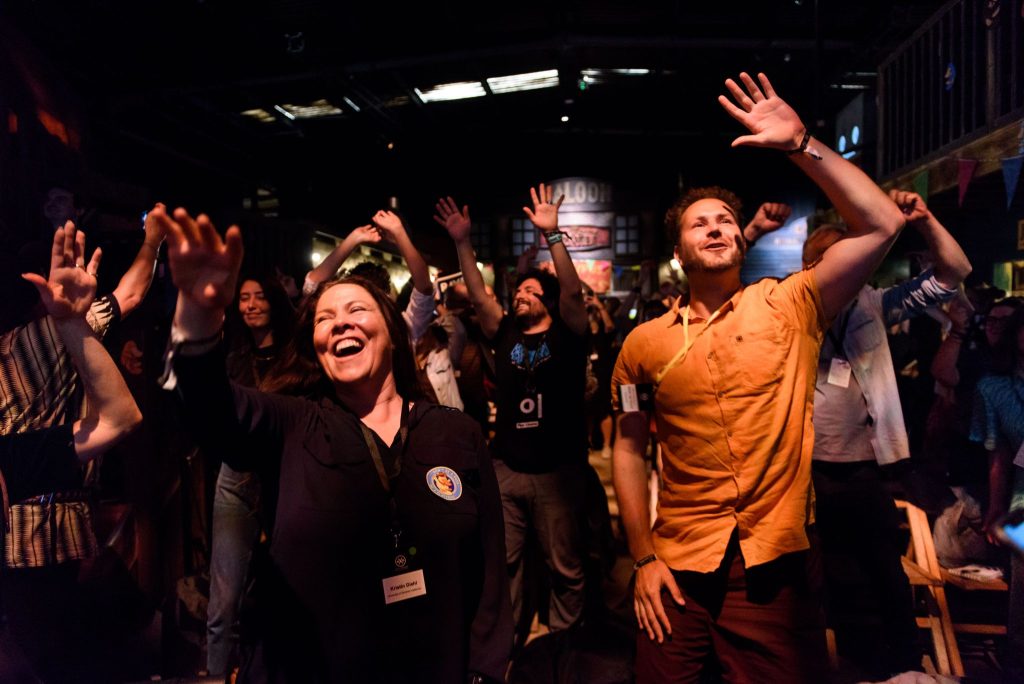
If we’re trying to get people to do something vulnerable or challenging to push them towards change – whether our team or internal actors, or our final audience – we can’t just plunge them straight into the action. We have to manage the crossing of the threshold carefully and give them permission to get a little bit uncomfortable. Using the power of play to lower people’s barriers, whether through dance, exploring the space, physical touch, or something else, can warm them up and lead them to a place where they feel they have the choice to participate, rather than being forced through an experience.
The WXO Take-Out
We’ll never stop failing – but this is no bad thing. Every mistake leads us to greater knowledge and unexpected discoveries – and in an emergent field such as experience design, it’s crucial that we’re not afraid to experiment, fall down and take the scenic route in our journey towards identifying new forms of storytelling that transform people in new and exciting ways.
So next time you’re designing an experience, use our checklist above so that you’re not repeating the same mistakes – and that if you “fail”, it’ll lead to a whole new set of learnings to inform and evolve your future work!
Want to come to live Campfires and join fellow expert experience creators from 39+ different countries as we lead the Experience Revolution forward? Find out more here.





